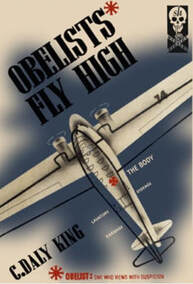
The threat and the stakes are significant enough for everyone except Cutter to view the situation with solemn concern. In the cabin with Cutter’s nieces, research assistant, and a couple scholarly passengers who had already booked their tickets on the commandeered flight, all goes well until the stewardess passes around a box of ampules with liquid designed to combat air sickness. When Cutter breaks his capsule, sniffs, and appears to die from inhaling the vapor, Lord has his hands full keeping the cabin and its occupants under control. After an emergency landing at Medicine Bow’s snowy airfield, Dr. Cutter’s body is removed and placed in the cargo hold by Lord. Attacked from behind, though, the detective is knocked out by a murderer who is eager to ensure that the doctor is truly out of commission.
Admirably plotted and nicely paced, Obelists Fly High is generally regarded as the strongest of Daly King’s three travel stories. It is the only novel of his to date that received a celebratory reprinting, in a Dover trade paperback edition from 1986. It is also a story whose details of 1930s aeroplane flying and functionality feels authentic, tactile, and well-observed. Additionally, the elements of the narrative’s ticking clock – can Lord identify the culprit by journey’s end? – and the claustrophobic atmosphere of suspects trapped in a darkened airplane cabin with a killer are evocative and contribute to the suspense.
Daly King still indulges in a couple of his authorial vices here, which can sometimes test a reader’s patience. As with his other titles, characters are named in a puckishly Dickensian manner that trades on juvenile puns or imagery. The celebrated surgeon is named Cutter, while his nieces are saddled with the names Fonda and Isa Mann. One is a sultry woman whose beauty bewitches Captain Lord while the other is a masculine, off-putting figure; it doesn’t take a detective to guess which is which. And while the multi-page discussions of psychological and economic theory found in the other Obelists books are mercifully absent here, a popular novelist character named Craven talks at length of Fortean paranormal phenomena. Here, he tries to sell Lord on the idea that, through sheer will alone, an absentee murderer brought down the doctor.
It was difficult not to contrast this book with another work with a similar milieu, Death of an Airman (1934) written by Christopher St. John Sprigg, who used his knowledge as a pilot to craft an impossible mid-air crime above an English Aero Club. I mention Airman here because Daly King seems to have delivered much of the authenticity that I found lacking in St. John Sprigg’s story: despite the author’s bona fides, very little of the flying and itinerary evocations felt truthful in Death of an Airman, but rather like someone playing at the scenario as one would stage dolls in a dollhouse. (Airman’s absurdly impractical smuggling plot also didn’t help.) With Obelists Fly High, the reader can feel the weight of the plane and can visualize cabin and cockpit control board through the author’s descriptions. Because of this, the suspense generated from a forced landing due to impaired visibility and freezing ice accumulating on the wings feels authentic.
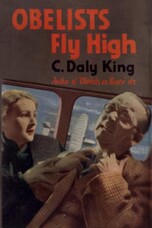
And the author ends with a “Clue Finder” list guiding readers to the pages where motifs and mentions provide the path to the solution. Whether every aspect of the story is genuinely fair play can be debated, but I think most fans of Golden Age Detective fiction will find this journey a memorable one. If you come across the reprint (or any) edition of Obelists Fly High, go ahead and buy a ticket to board.
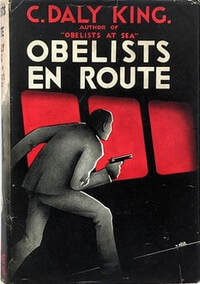
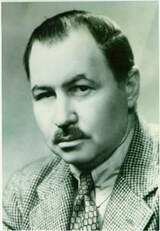
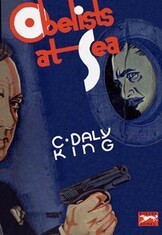

 RSS Feed
RSS Feed